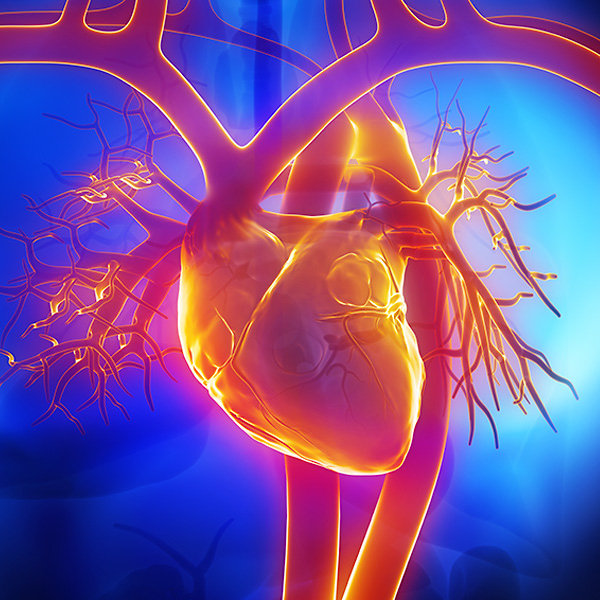Coronary Microvascular Disease
Overview and Facts about Coronary Microvascular Disease
Coronary microvascular disease (MVD) is a problem with the heart’s smallest coronary arteries. These arteries supply blood flow to the heart. With coronary MVD, there is damage to the inside of the walls of these blood vessels, cutting off the blood supply and causing spasms.
This heart disease is also called small artery disease, or small vessel disease. It’s different from coronary heart disease, which is when the arteries in the heart become blocked because of plaque buildup.
Signs and Symptoms of Coronary Microvascular Disease
The most important sign of coronary microvascular disease to watch out for is chest pain, also known as angina. This pain will last for at least 10 minutes and often exceeds 30 minutes. It might feel like a pressure or squeezing in your chest, and can spread along your jaw, shoulders, arms, neck, and back.
Other symptoms of coronary MVD include:
- Shortness of breath
- Lack of energy
- Feeling tired
- Problems sleeping
Most of these symptoms appear during your daily routine, instead of when you ’re physically active.
Causes and Risk Factors of Coronary Microvascular Disease
Doctors believe that coronary MVD is caused by many of the same risk factors as other heart conditions. These causes include:
- Diabetes
- Living a sedentary lifestyle
- Having a family history of heart disease
- Being resistant to insulin
- High blood pressure
- Being overweight
- Being older
- Eating an unhealthy diet
- Smoking
- Having high cholesterol
Coronary microvascular disease has also been linked to low estrogen levels in women (whether due to stress or problems with the ovaries), anemia, and diseases that affect blood clotting.
Tests and Diagnosis of Coronary Microvascular Disease
First, your doctor will take a look at your medical history, conduct a physical exam, and order several diagnostic tests. These tests might include:
- Cardiac MRI stress test, which is used to evaluate people suffering from chest pain.
- Coronary angiography, which dyes the inside of your arteries so the doctor can see them better in an X-ray. This is the most common way to rule out coronary heart disease.
- Stress testing, which lets a doctor see how blood flows through your heart while you are being physically active.
Your doctor will also do some tests to see if you have any of the risk factors for developing coronary MVD, including a test for anemia, high cholesterol, and diabetes.
Treatment and Care for Coronary Microvascular Disease
Treatment primarily involves relieving the pain associated with coronary MVD. It might include:
- Medicines to lower your blood cholesterol.
- Medicines to lower your blood pressure.
- Nitroglycerin, which helps relax your blood vessels to improve blood flow.
- Aspirin, which reduces the formation of blood clots and inflammation.
If your coronary MVD is caused by anemia, your doctor will recommend supplements, vitamins, or intravenous iron therapy to help your body produce more blood cells.

